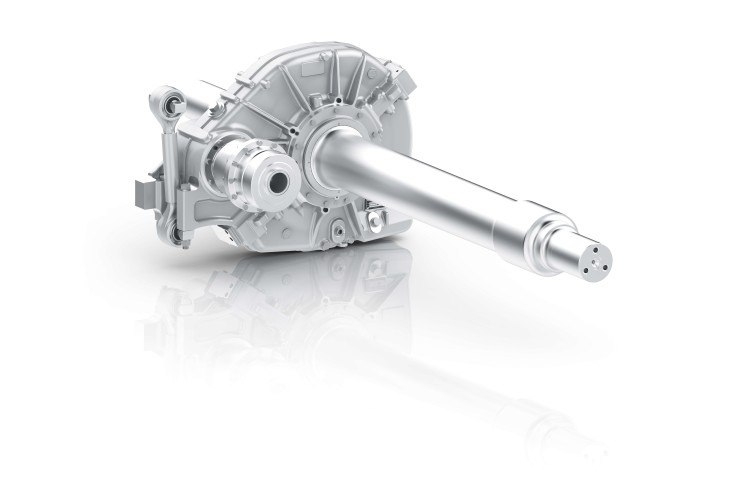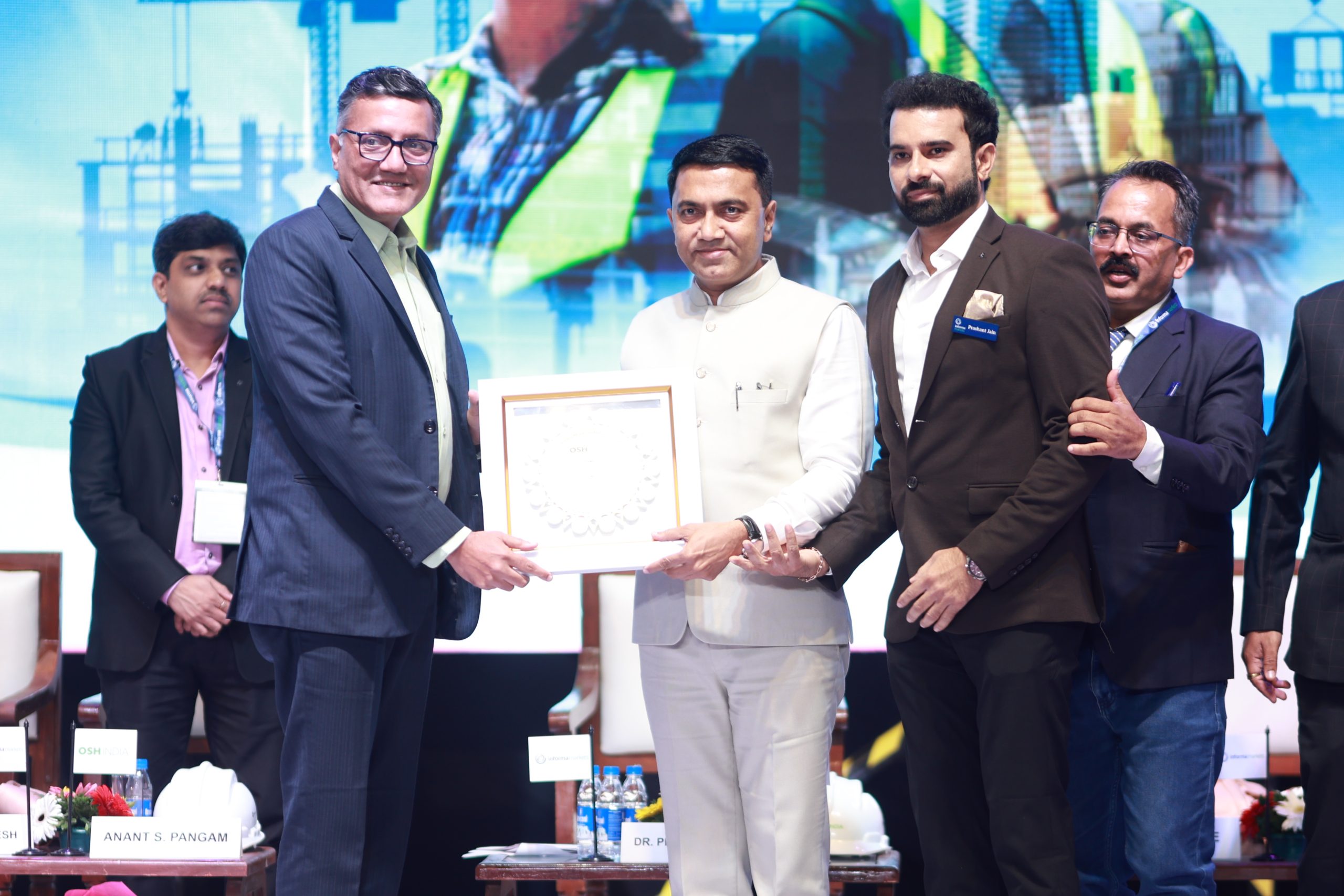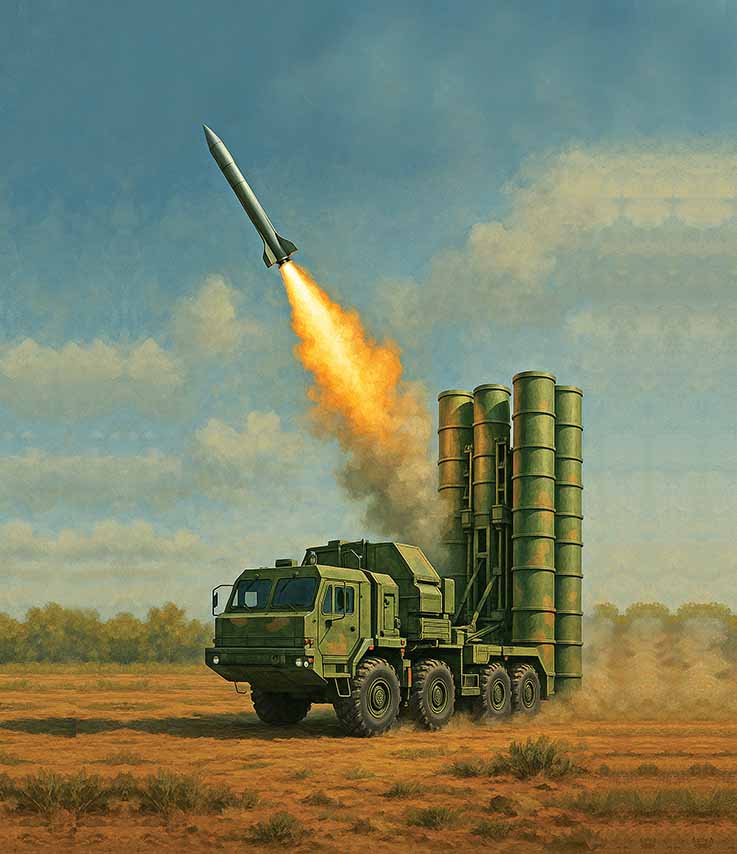Ventilated seats are fast becoming the talk of the town. Prateek Pardeshi and Ashish Bhatia explore the pros and cons compared to regular seats.
The ergonomics of a good cabin are made or broken by the seating it houses! It is directly correlated to the driver’s comfort and fatigue, especially over a distance north of 10-20 kms. There again if it’s humid weather like in the coastal regions, and the upholstery is made up of rexine, we’ve all been fused to the driver seat at some point or the other. A common phenomenon especially in the entry to mid-level segments, getting up from the driver seat after such a drive feels like ripping off a industrial tape from the surface. Despite ventilation in the rest of the cabin, seats tend to conduct heat making it one perspiring ride. Such an uncomfortable atmosphere can distract a driver and reflect on his mood. Next time if you come across an irritable driver, give his seat the benefit of the doubt.
Clearly, the seating manufacturers are a ahead of the curve and have been working on offering the utmost comfort through technically advanced offerings. Manufacturers like Faurecia, Adient PLC, Magna International, Bharat Seats, Lear Corporation and Toyota Boshoku Corporation are juggling priority focus areas like lightweight, optimal NVH levels, and securing the passenger, they have gone beyond design, and upholstery to revisiting the seat architecture for cooler and ventilated seating surfaces that the driver comes in contact with. Inspired by the gaming chairs with their bolder design, upholstery, and unapologetic use of colour, the new generation of ventilated seats is trickling down from the premium segments.
The architecture fundamentally makes use of ducts and blowers for better circulation in comparison to cooling seats that make use of a refrigerant. The seats have perforated upholstery. Built-in fans powered by an electric motor guide air streams through perforations in the backrest and through the seat itself. The fans draw in air from the cabin, notably from underneath the seat, where the temperature is known to be lowest. As a result, unless the vehicle is equipped with air conditioning, seat ventilation just offers air circulation, creating the impression of a lower temperature, and offering much-needed relief from harsh driving conditions. Add-ons include an advanced cooling system, heating, or even a massage option working like acupuncture. Depending on the type and year of construction, it can be controlled by buttons incorporated into the seat or, increasingly, by the infotainment system.
The ventilated seat climate control works similarly to the HVAC system; the driver or occupant can opt for cooling or heating depending on his or her need. In addition, many vehicles include a three-step blower speed. When the lower speed is at a higher rpm, the sound of the rotor is evident. The forced air works akin to a blower in a non-ac cabin. The ventilated seats complement the HVAC systems making the latter much more effective.
In April 2022, Maruti Suzuki launched the MPV XL6. On the lines of Toyota where it has an arrangement for rebadging, XL6 is known to be among the first from the Maruti Suzuki stable to offer a ventilated seat. The Toyota Innova Hycross also offers ventilated seats. Going forward, the use of ventilated seats could be more generous if the driver community takes to it and there is universal acceptance. At the lower end of the spectrum too, for instance, the aspiring buyer has turned to SUVs in search of better drive ability and ride comfort. India, for the first time has sales of SUVs overtaking the hatchbacks with sales nearly quadrupling since 2015 (~42 per cent of the market share) as per the JATO Dynamics study. In this segment, vehicles like the Tata Nexon XZ+ LUX variant offer the ventilated seat. Call it a coincidence, but it was the second highest-selling SUV in the market. The Kia Sonet HTX plus Turbo iMT variant, Hyundai Verna SX (O), and Skoda Slavia Style are among the other models with ventilated seats. The price bracket of the vehicles with ventilated seats in factory fit models not to forget the option of the aftermarket are luring buyers. Remember the novelty of power windows that sidelined the humble manual counterparts? According to a Research and Markets study, the Automotive Ventilated Seats Market valued at USD 9.1 bn in 2021 could reach USD 12.2 bn by 2027, at a CAGR of over five per cent between 2022-27.
Active seat ventilation
The active seat ventilation system ensures that air circulates across the seat’s surface. It provides maximum comfort for drivers and aids in the prevention of driving fatigue. The fans are mounted on a cushion or back and are connected to a duct or a special structure. The fan directs air to the seat surface. High performance, low vibration, low noise, EMC protection, IP protection, and PWM speed control are among the benefits of these fans. Apart from cooling and heating, ventilated seats also play a crucial role in reducing humidity inside the cabin.
In general, passive diffusion through the seats eliminates humidity substantially faster than seat ventilation, resulting in an evaporative cooling effect that may be desired on a hot day. If cooling is not desired, seat heating and ventilation can be utilised concurrently to attain dehumidification.
Market Overview
The vehicle ventilated seat market is highly consolidated with global leaders. Key players’ primary revenue-generating tactics include partnerships with car manufacturers and OEMs, as well as technical and financial cooperation for technology development. From 2023-2032, the Asia-Pacific ventilated seats market is projected to grow at the highest CAGR. This is due to higher demand from key markets like India, China, Japan to name a few. The global economy and environmental standards have a significant impact on regional car exports. Furthermore, the ventilated seats market in China had the biggest market share, while the ventilated seats market in India was the fastest-growing market in the Asia-Pacific region.
In 2022, the ventilated seats market was estimated at a valuation worth USD 8.5 billion. The ventilated seats business is expected to grow from USD 8.95 billion in 2023 to USD 13.53 billion by 2032, at a CAGR of 6.30 per cent between 2023-32. The primary market drivers boosting market growth are rising global temperatures, rising demand for pleasant driving, and rising demand for luxury and premium automobiles. Today, even decade-old vehicles can be retro-fitted with ventilated seats, by installing aftermarket seat jackets.
The aftermarket ventilated seats are available both online and offline. The online marketplace, for example, has a options ranging from three to Rs.12,000 and can be quite enticing. They come with similar options for cooling assisted with nearly 10 fans. These are made up of Faux leather and breathable mesh fabric. Powered by the cigarette lighter socket and mounted on the existing seats, these are sourced from China. The Riggear Cooling Car Seat Cushion/ventilated seat cover is an aftermarket offering with 10 In built fans and comes with a three-stage speed control. Sourced from China, the package includes a cooling seat cushion, a 12V adapter and a one metre long connecting cable to go with it. The company claims to offer fast cooling, lower power consumption and comfort to lure buyers. A nonslip button, strap design suited for all seats, exquisite edging, easy speed control, and lower noise (less than 40dB) comes as an attractive plug and play solution for those looking at a aftermarket solution. ACI














Leave a Reply